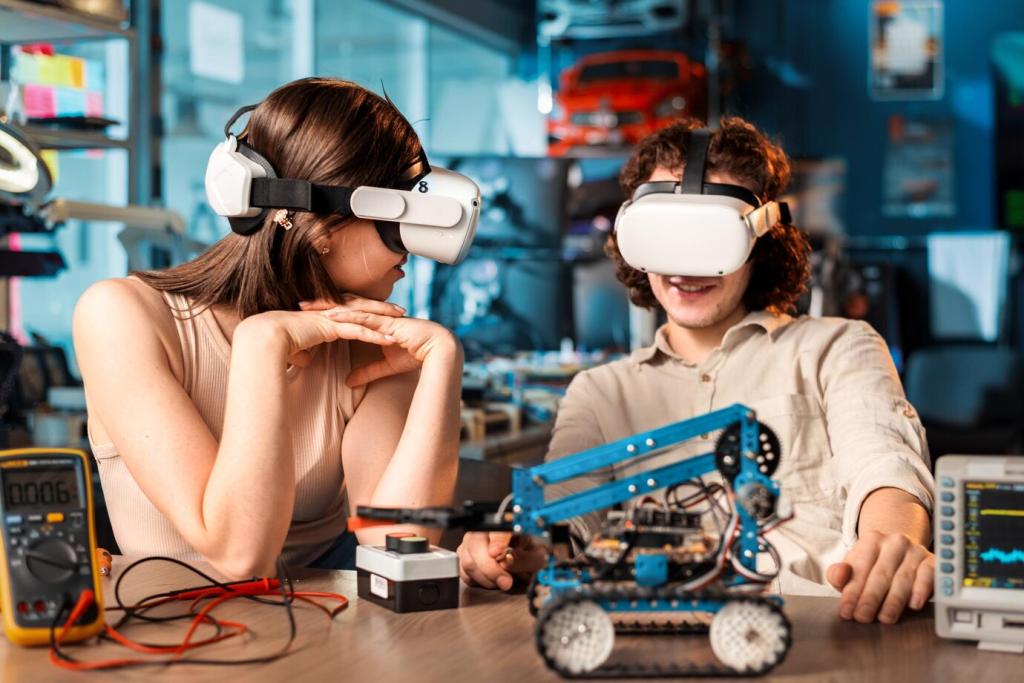Bright Beginnings: The Benefits of Robotics in Early Education
Chosen theme: 1. Benefits of Robotics in Early Education. Discover how playful robots spark curiosity, resilience, and collaboration in young learners. Join our community for weekly prompts, classroom-tested ideas, and stories that turn first steps into lifelong learning journeys.
Stronger Thinking: Problem-Solving Starts Early
Young learners arrange arrows and blocks to guide a robot across a mat, discovering that order matters. When steps are mixed, the robot veers off, transforming a mistake into a delightful chance to refine thinking.



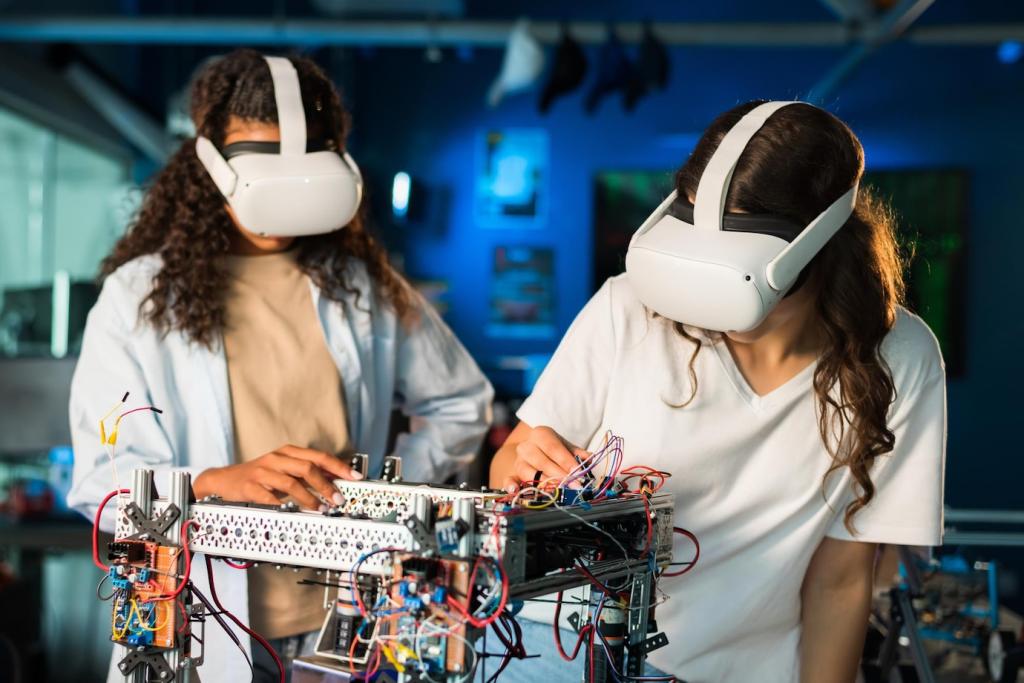
Collaboration and Empathy Through Co-Robotics
Pair Programming, Shared Wins
One child plans while another drives the robot, then they switch. The structure distributes responsibility and dissolves pressure, proving that progress is faster when partners narrate thinking, check assumptions, and celebrate small victories together.
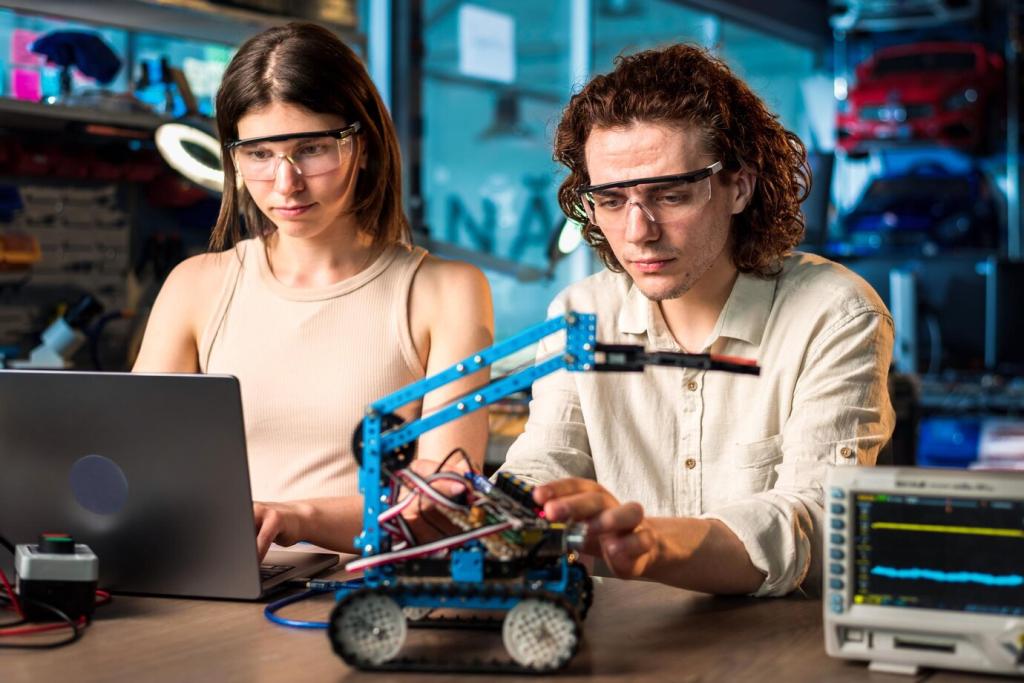
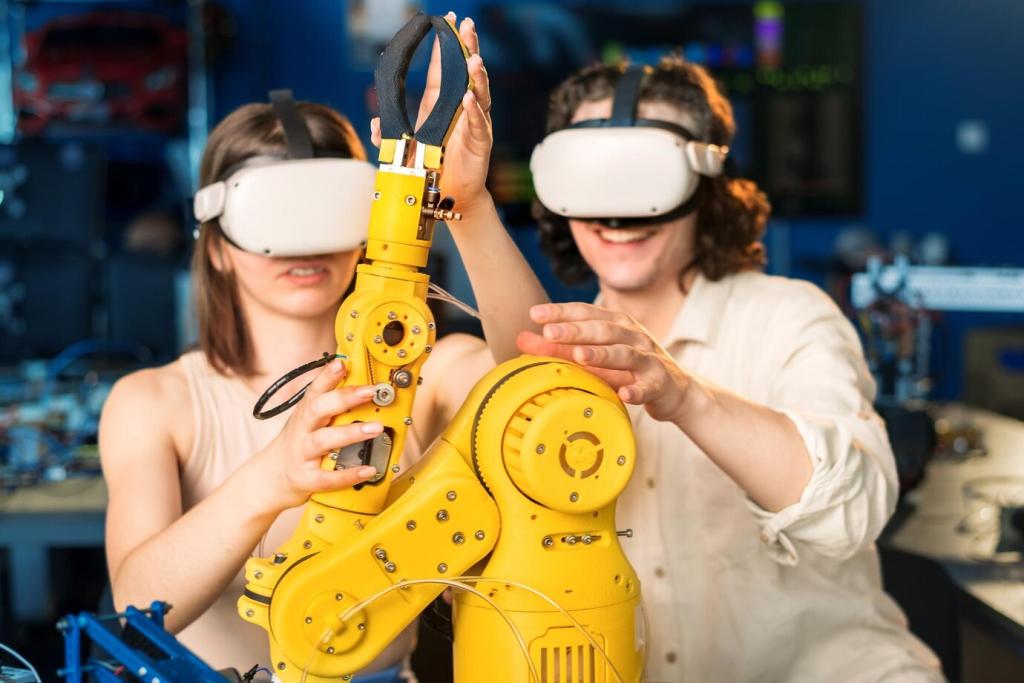
Roles That Rotate
Assign roles like engineer, tester, and reporter. Rotations ensure everyone practices speaking, building, and observing, and children discover personal strengths they had not noticed before. Invite them to reflect on which role felt empowering.
STEM Foundations Across the Curriculum
01
Children count steps, compare distances, and estimate turns. When predictions differ from outcomes, they measure again, revising models with rulers and tiles. Math shifts from abstract symbols to concrete experiences they can see and feel.
02
Students test surfaces, friction, and weight by timing robot movement on carpet versus tile. They generate hypotheses and document results, connecting cause and effect to real-world variables that make experiments authentic and memorable.
03
Before driving, children storyboard. After driving, they write reflections. Sequencing words like first, next, and finally gain meaning, while oral presentations transform technical steps into clear, confident storytelling for peers and families.
Inclusive by Design: Access for Every Child
Some children draw maps, others act out routes, and many prefer hands-on testing. Offering choices honors different strengths, ensuring each child contributes meaningfully while building confidence at a pace that feels respectful and motivating.
Family Bridges: Learning That Continues at Home
Recommend affordable, durable kits with big buttons and picture guides. Include spare batteries and a quick start card. Families appreciate tools that work reliably, turning short sessions into proud moments of shared discovery.
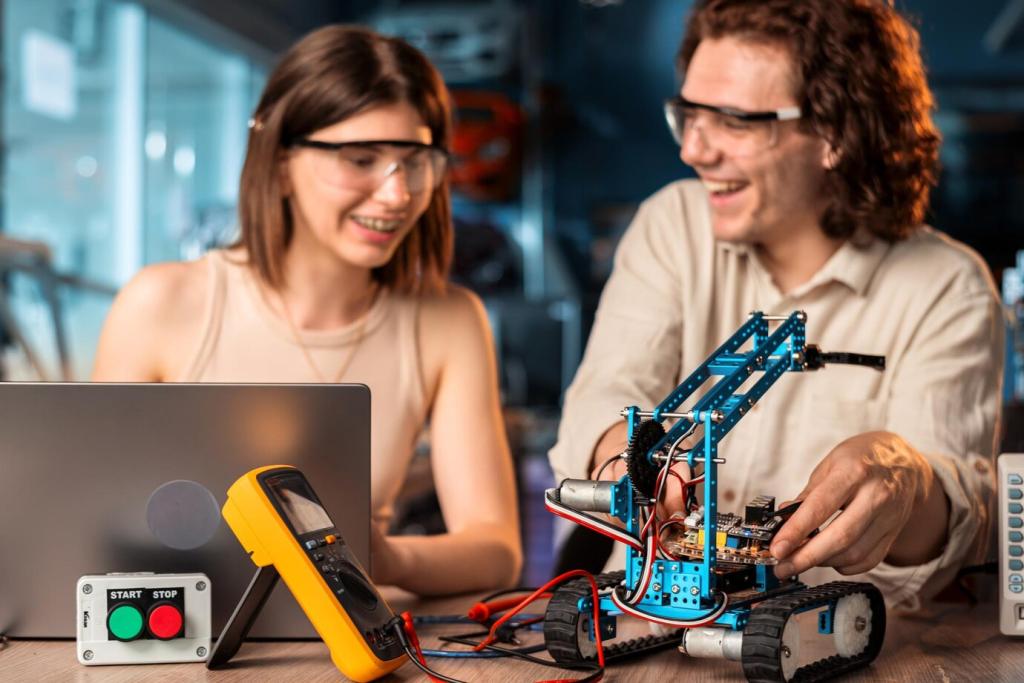
Collect photos, route sketches, and short audio reflections. Over time, children notice their strategies become clearer and more precise, transforming a scrapbook of moments into a powerful narrative of developing problem-solving skills.
Making Learning Visible: Assessment That Motivates
Getting Started: Safe, Simple, Sustainable
Day one: explore buttons. Day two: drive forward. Day three: add turns. Short, predictable sessions build momentum, allowing excitement to grow while classroom norms and shared language take root naturally.
